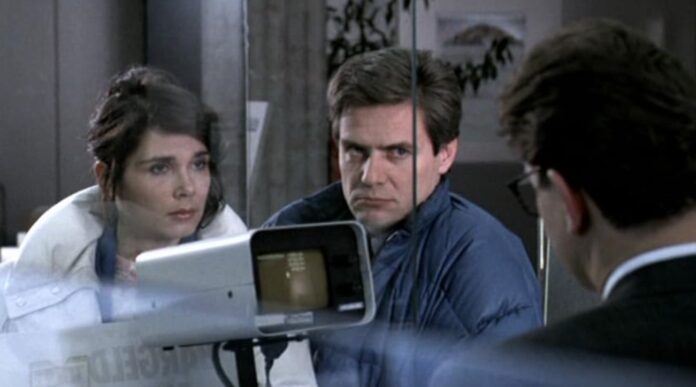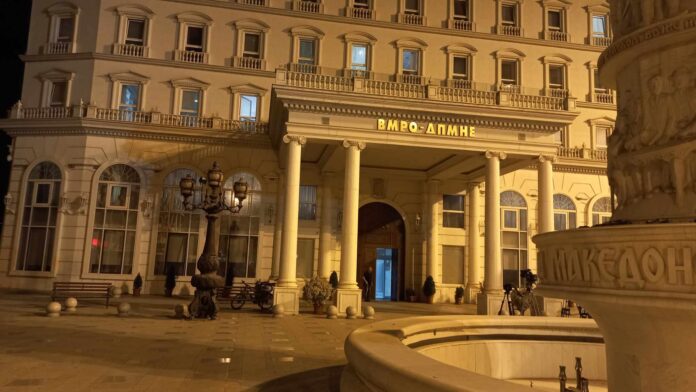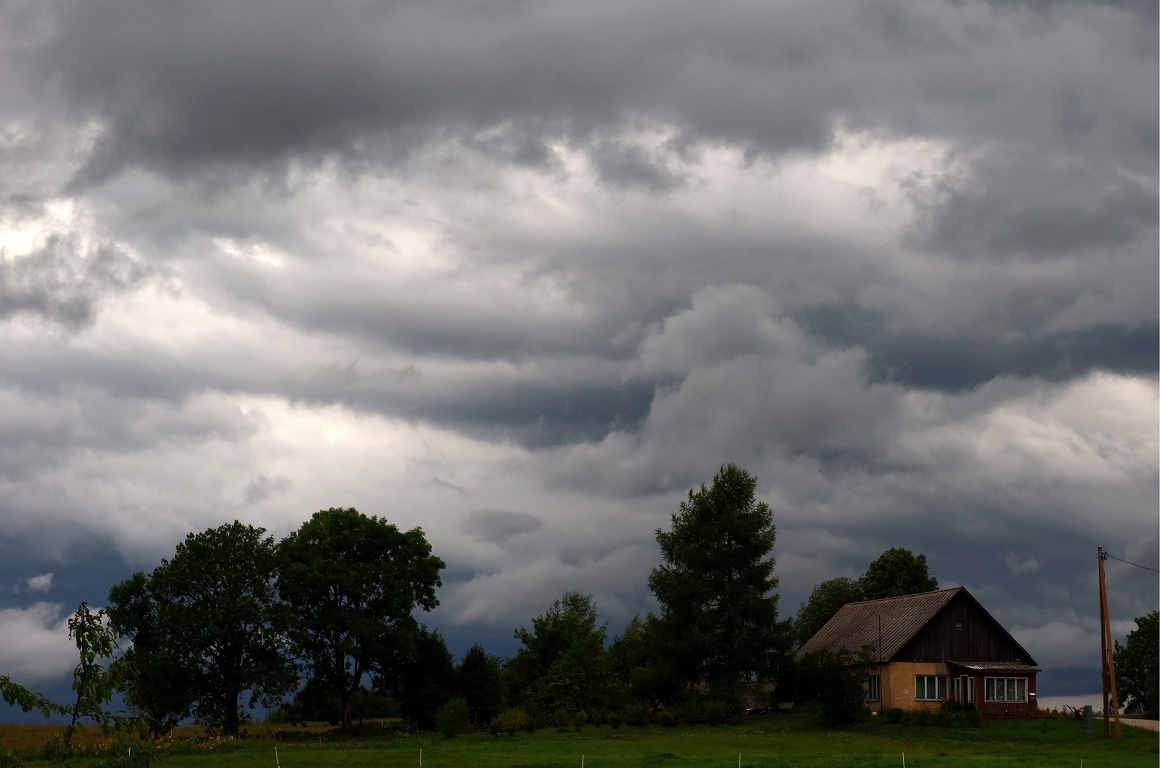Haneke’s « Seventh Continent » – the last stronghold of hope

The title of the film is a reference to Australia, the continent mentioned in the film as a final destination for family happiness. Her image is visualized as an isolated beach and desert, with a mountain range on the left border and a water pool (which are apparently physically impossible). This title is a kind of allegory of happiness. « The Seventh Continent » is the escape where the pain ends and happiness begins
One of the films that few want to recall, and who catches deeply in the human soul and nature, is the film « The Seventh Continent » by the legendary Austrian director Michael Haneke. It is extremely difficult to award grades or « stars » to Michael Haneke’s films. He tends to capture his audience in the context of the films themselves, making every judgment for the film reflecting the viewer on him or her. It is very difficult to do as a director and can affect very uncomfortable for a wider audience. But this is not the case when it comes to his real fans. Those who know his exceptional cinematography through decades of work, with great respect will remember all his works in the past, including the 1989 film « The Seventh Continent ».
« The Seventh Continent » is a film that is part of his first trilogy of films, including « Benny’s video » (1992) and « 71 fragment of the chronology of happiness » (1994), each showing the cold bureaucratic society in which true human relationships are deeply explored. Consumerism, violence, mass media and modern alienation. Haneke is the winner of the Grand Prix at the Cannes Film Festival for « Piano Teacher » (2001) and twice on « Golden Palm », « White Ribbon » (2009) and « Amor » (2012), the second of which received five Oscar nominations and won « Oscar ». He is also a director of « Funny Games » (1997) and his 2007 remake of « Code Unknown » (2000), « Wolf’s Time » (2003), « Keshe » (2005) and « Happy End » (2017).
The title of the film is a reference to Australia, the continent mentioned in the film as a final destination for happiness and the last stronghold of the family’s hope. Her image is visualized as an isolated beach and desert, with a mountain range on the left border and a water pool (which are apparently physically impossible). This title is a kind of allegory of happiness. The « Seventh Continent » is a escape where the pain ends and happiness begins.
The transition of Michael Haneke from the heavily and thematically restricted television universe was reportedly catalyzed with short news for an ordinary Austrian family whose members decided to break their lives, seemingly for no valid reason. The « Seventh Continent » is Haneke’s attempt to fight this moral puzzle.
The film is divided into three parts, each made up of short fragments and vignettes. As in most of his films, Haneke shows excellent compositional rigor and technique. The average middle -class family in Linz has been shown in a series of shortened scenes that take place in their daily lives over several years. The man is an engineer, the mother of optics, who is co -owner of her brother’s business. They have a little daughter. In the first half hour, Haneke shows no one. Only large staff on the hands, feet, neck, waist as they get up, brush their teeth, prepare breakfast, deal with daily routines. After about 30 minutes of this anthropological detachment, we get a clear view of their faces, and then we get subtle, but deeply disturbing hints that, despite the seemingly excellence, something does not work. The wife begins to cry in unusual situations, which slowly becomes a family ritual. Their little daughter has a bizarre outburst where she frightens the school teacher, pretending to be blind.
Haneke manages to present this family as dehumanized creatures that have lost their souls and slaves to their habits daily. They do not think about their actions, nor do they feel something outside the instinctive shocks to meet their basic needs to continue their existence. Their lives are empty. The only mark of color and some sort of dynamic presence in their household is provided by the TV, which is almost always included, overwhelming people’s voices.
Finally, it is becoming clear that the family is making a frightening decision on the banality and the futility of their lives, which are finally anatomized in the most spectacular way seen on film canvases. Haneke allows us to doubt their determination to make that terrible act.
The third part is actually the place where the family decides to end their lives and, consequently, we are aware of the way they go to do so. Honestly, this is where this cold and without emotions experiment is slowly turning into a psychological horror. This is because Haneke applies the same perspective without emotions to oversee the process we innate as if it is saturated with some energy. It forces us to sit quietly while protagonists methodically and systematically destroy all their things. He uses a single, static, long and uninterrupted image to show us how they destroy their life savings by tearing banknotes one by one and throwing into the toilet. Namely, one of these scenes – the act of destroying money, apparently attracted criticism from the Austrian audience, which he considered that moment as deplorable and inappropriate. At the same time, the same audience had absolutely no complaints about the scene that followed almost immediately. One of the most brutal scenes in the history of the film, where parents first euthanize their child, and then judge themselves. The naturalness, reliability and painful reality with which Haneke conveys these morbid scenes are a sufficient motive for this film, which, although far from the horror-genre spectrum, to place the « Seventh Continent » in the group of the worst films that do not come from that style.
Although too brutal, the criticism justified this moral position of Haneke and, therefore, set this film as a work with a sense of tragic urgency.
This is not a pleasant movie to watch. He is sad, gloomy, disturbing and angry experience, and Haneke is not trying to make it easier for viewers. He depicts life as he is, without any dramatization, and what is most affected is the pace he presents. The characters, despite their inner pain, avoid tumultuous reactions, they speak quietly and from time to time. They do not argue or cry, but they simply continue to do the same things they do every day, over and over, leading to pain. The world in Haneke’s « Seventh Continent » is cruel, unsympathetic and indifferent. Everything happens for no reason, without hope, and the lack of the characters’ desire to face the nothingness of the empty life is the central theme of this film.
Haneke manages to present this family as dehumanized creatures that have lost their souls and slaves to their habits daily. They do not think about their actions, nor do they feel something outside the instinctive shocks to meet their basic needs to continue their existence. Their lives are empty. The only mark of color and some sort of dynamic presence in their household is provided by the TV, which is almost always included, overheating the voices of people
« The Seventh Continent » is a hard-working film that, despite its extreme brutality, is still a masterpiece. Perhaps because, like his 2005 film, « Kasha » does not impose answers and does not give explanations. Haneke is a kind of cinematographic materialist: He provides the circumstances in which horror occurs, but does not define the horror itself. The director’s excellent psychological dilemma is reminiscent of the brilliant moments of filmmosophic skill, similar to that of the great master of doubt Alfred Hitchcock, where he does not give answers, but encourages the viewer of thinking.
Thus, the « Seventh Continent » is an instrument that Haneke threatens that society as a whole. He assumes the role of a preacher writing our ruin if we do not wake up from the nap caused by wealth. In fact, he may be already pessimistic and thinks it’s too late and it’s just a matter of time before we experience the final degradation and collapse as a society. However, that did not prevent him from embarking on a mission where he would try to talk and criticize him in aispended way – a film -making mission.
What happens when people are dead inside? This is the main question that the viewer is constantly asking after this cold, cynical, Haneke gem. Can anyone be dead inside and alive from the outside? If so, can that person communicate with any other person? How to avoid meaningless things in life? Do we need to give back to them or surrender to them? Can we fight the monotony of modern life? Where to look for happiness? Watch this movie and then you may find the answers to those questions or maybe not. However, avoid watching it if you are depressed. This film is dark and challenging as hell.







